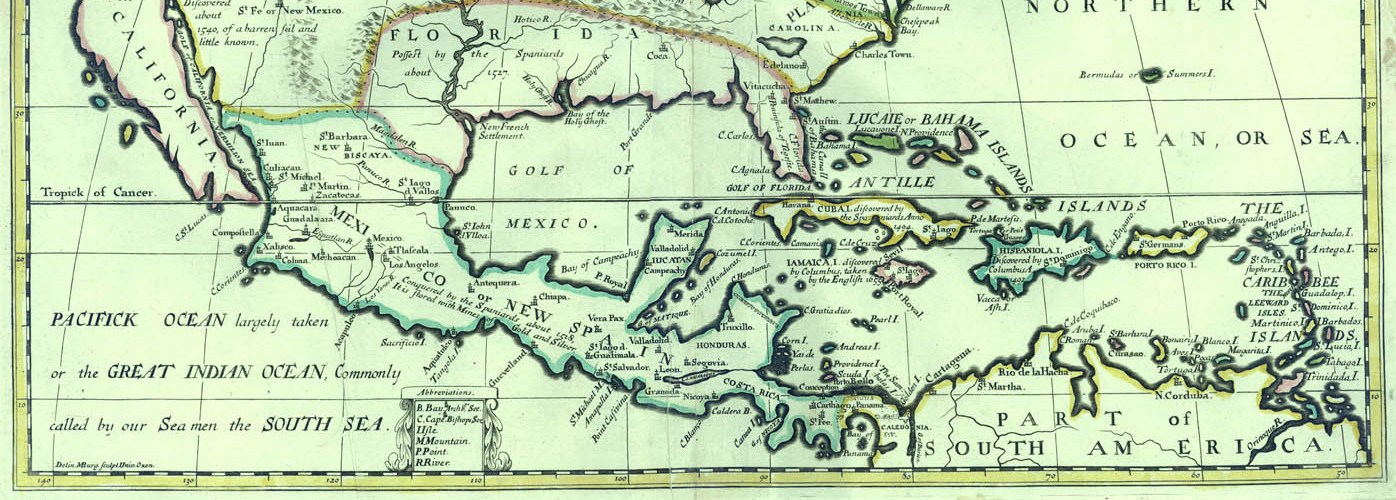
This exhibit features a series of letters written by Emelius W. Fuller, a Confederate Army officer, during his time as a prisoner of war in 1863. Fuller was the commander of the St. Martin Rangers Company Infantry in Louisiana, and captain of a boat called the Queen of the West. He was seriously wounded and taken prisoner when his boat was destroyed on Bayou Teche, April 14, 1863. Over the following three months, he wrote letters to his wife, Mary Haskell Fuller, in a book given to him as he recuperated at St. James Hospital in New Orleans. Using blank leaves in the book, an illustrated dictionary of flowers, Fuller wrote seven letters, from April to July of 1863, which have been digitized and transcribed for this exhibit.
In 1938, President Franklin Roosevelt spoke to women of the Daughters of the Revolution asking them to, “Remember, remember always, that all of us, and you and I especially, are descended from immigrants and revolutionists.” Although the United States of America has long been touted as a melting pot of cultures, nationalities, and ethnicities, the country has also dealt with deep conflict because of immigration. In the early twentieth century this was especially apparent, as the United States experienced an influx of immigrants. The western United States (including California, Oregon, Washington, Idaho, Nevada, and Wyoming) found itself particularly impacted, and soon confronted with unprecedented cultural, social, and political changes.
This exhibit is an online version of an exhibit installed by MASC in the fall of 2013 to celebrate the Common Reading for 2013-2014, Being Wrong, by Kathryn Schulz. This exhibit uses items from the Libraries' special collections to illustrate our long history of being wrong.
Students from History 417, The Rise of Modern America, completed research projects spring semester 2016. Each student prepared a brief digital exhibit based on their research. The topics include the emergence of modern baseball, football, and the olympics, Indian boarding schools, drug and opiate use in the Gilded Age, Conservation and Environmental Thought, and Women's suffrage, among many others. The digital exhibit projects are part of the Capstone General Education requirement for the course.
This exhibit highlights student protests at Washington State University (WSU) during 1969 and 1970. These protests were characteristic of other protests occuring on American campuses during this time period. At WSU, the flashpoint occured in May 1970, when students staged two large protests. The first was a one-day sit in at the French Administration Building (French Ad) to protest US military operations in Cambodia and the killing of student protesters at Kent State University. The second was a separate protest from May 24-June 1 in response to both a need for greater diversity in curriculum and faculty, and to arrests protestors believed to be racially based.
The Atomic Age of warfare was ushered into existence on July 16, 1945 with the detonation of the "gadget." This would later come to be known as the Trinity Test. This exhibit seeks to answer questions revolving around the destructive era of American and world history. But also, the overall rapid evolution of warfare.
On January 16th, 1919 the 18th Amendment of the United States constitution was ratified. Its purpose was to prohibit the manufacture, sale, and transportation of intoxicating liquors. The defining language of this amendment came in the form of the National Prohibition Act, which oddly enough left the citizens right to consume alcohol untouched. At midnight on Jan 17, 1920 the National Prohibition Act better known as the Volstead Act went into effect.
This Exhibit takes a look at some of the unintended consequences of the implementation of Prohibition in the United States. One such consequence that will be explored is the illegal production, transportation and sale of alcohol by American bootleggers. This exhibit will also look at the rise of organized crime more specifically Al Capone of Chicago and his ability to capitalized on a market filled with millions of thirsty Americans. Finally, the exhibit will look at the negative economic effects of Prohibition from the devistation felt by companies and states that depended on alcohol production to the loss of millions in taxable income by the government.
This exhibit features materials from Washington State University's Manuscripts, Archives, and Special Collections related to the removal of nearly 120,000 Japanese Americans from the West Coast and southern Arizona during World War II.
This is a comprehensive analysis of the Civil War done by Washington State University history students in Dr. Robert McCoy's Civil War and Reconstruction course.








